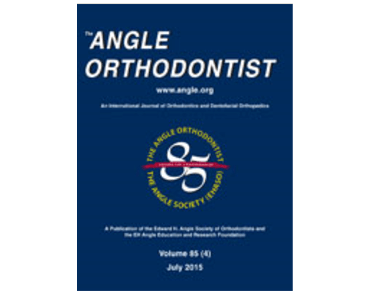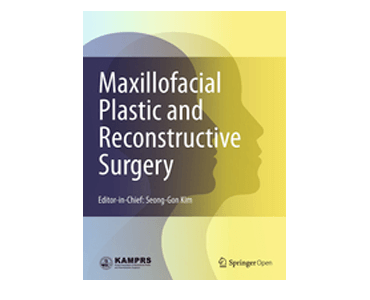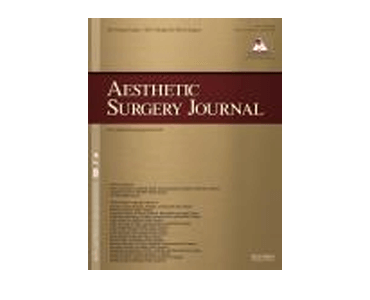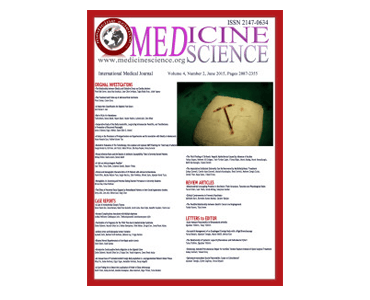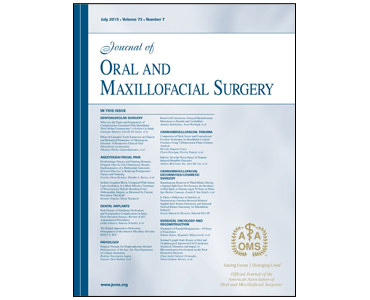Social smile reproducibility using 3-D stereophotogrammetry and reverse engineering technology. F Dindaroğlu, GS Duran GS, S Görgülü S, E Yetkiner.
Date: August 2015. Source: Angle Orthod. [Epub ahead of print] Objective: To assess the range of social smile reproducibility using 3-D stereophotogrammetry and reverse engineering technology. Materials and Methods: Social smile images of white adolescents (N=15, mean age = 15.4 ±1.5 years; range = 14-17 years) were obtained using 3dMDflex (3dMD, Atlanta, Ga). Each participant was asked…

